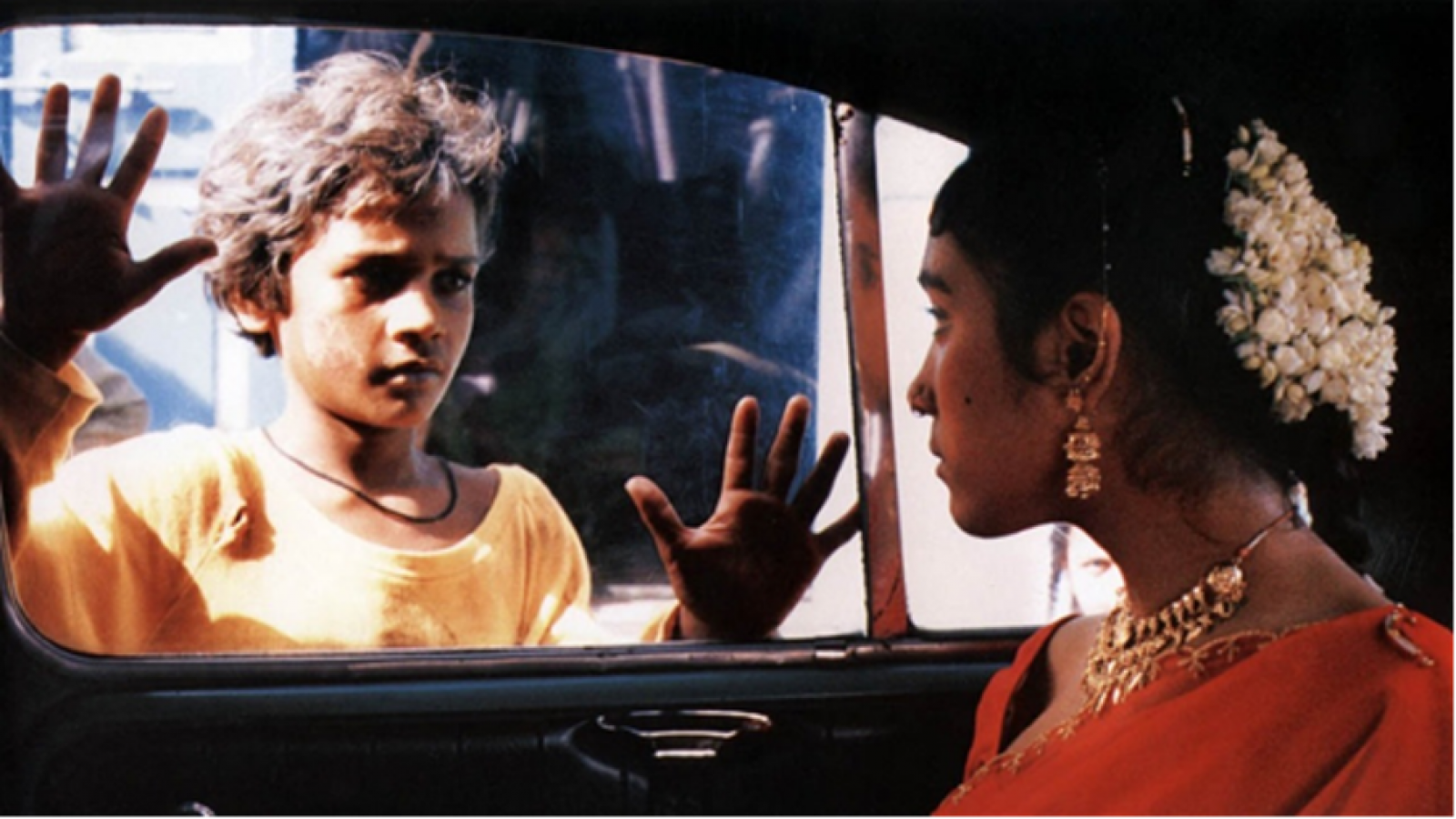Despite its common usage “world cinema” lacks a proper, positive definition. It tends to be defined negatively as “non-Hollywood cinema,” which Lúcia Nagib observes, “unwittingly sanctions the American way of looking at the world, according to which Hollywood is the center and all other cinemas are the periphery.” This course provides an introduction to world cinema that attends carefully to questions of definition. The emergence of global art cinema is often mapped as a succession of “new waves:” Italian neorealism, the French nouvelle vague, the Danish Dogma movement and New Iranian Cinema. We will look at how the aesthetics of realism, concerned above all with the texture and temporality of everyday life, set these film movements (and other parallel developments in African, Latin American, Asian cinema) apart from films shaped by the codes of genre and commercialism. We will consider how recent world cinema departs from realism to depict experiences characterized by transnationalism, post-colonialism, and migration. Placing these films into the broader historical and (multi-) cultural contexts of their production, we will examine how world cinema today not only engages life in the present, but also calls up occluded fragments of the past.
Autumn 2021
Professor Erica Levin
Class #20594
Online, asynchronous

